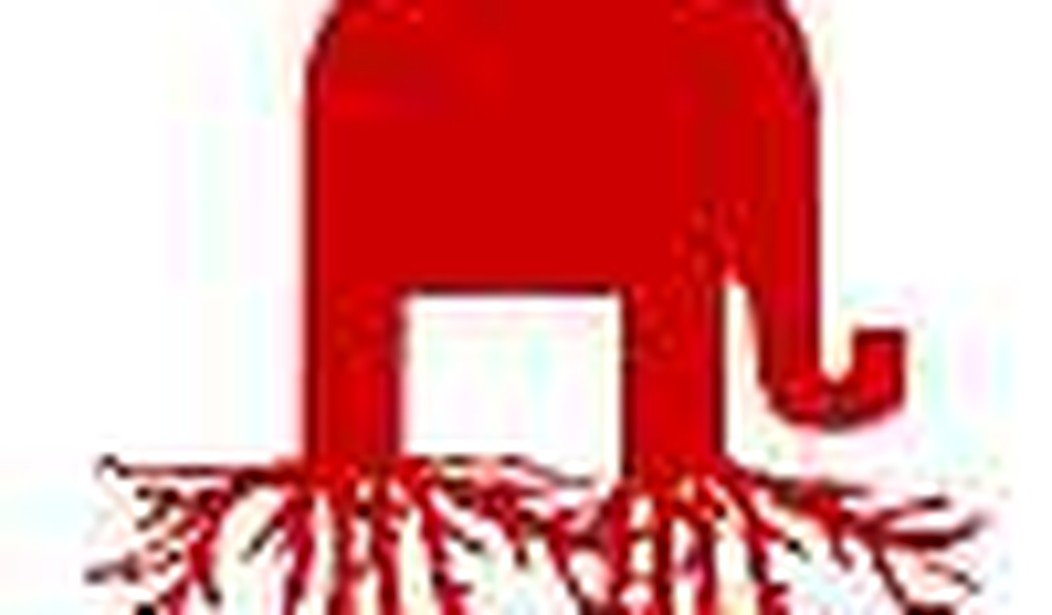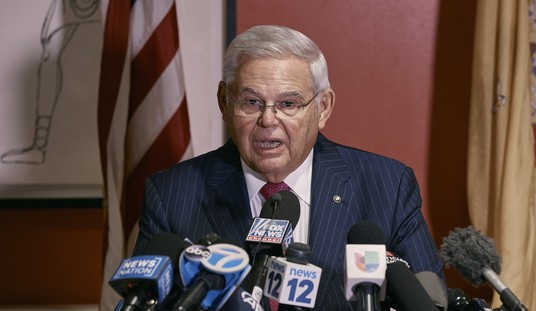In 1980, Ronald Reagan won a remarkable victory and launched an era of Republican dominance. The ascendancy of Reagan and the Right was predicated on “a desire for less government interference or less centralized authority or more individual freedom.” Reagan called it “the basis of conservatism.” That idea resonated with the American public in 1980.
However, Reagan did not win this victory in the public consciousness ex nihilo. One of the dominant factors shaping public opinion is the availability heuristic — the tendency of people to give extra weight to the evidence that is readily available or to listen to the story that comes to mind easily. The public did not wake up one day to high inflation, economic stagnation, and the Soviet threat and say “government is the problem!” They reached that conclusion because the Right (and Reagan himself) had spent decades developing and communicating a compelling story about the cost and consequences of government.
As it turns out, a compelling story is enough to win elections by a large margin.
Unfortunately, after taking power, Republicans began walking away from their story. It is, after all, very difficult to be the anti-state party if you are the state. Republicans were captured by government, the exigencies of power, and the incentive to maintain it. In the years since 1980, Democrats cast about for a motivating purpose — a story that would carry them back to a long-term governing majority. They tried liberalism, moderation, and triangulation.
Now, they’re back. But the Left did not retake the executive and legislative branches by being more liberal or more moderate, or by clever political jujitsu. Democrats became the majority because they changed the story.
Complete Republican dominance of the executive and legislative branches gave the Left the incentive to pursue new strategies — to develop new infrastructure, new communications channels, and organizing methods. The Left moved messaging, mobilization, and money outside the traditional Democratic establishment, giving their movement new power and new energy.
Much like the conservative movement breathed life into the Republican Party in the 1980s, the Left’s progressive movement has given new life to the Democratic Party today.
It’s important to note that both the Right and Left built their movements out of paranoia at the machine they believed the other side had built. In The Power of Ideas, the story of the Heritage Foundation, Lee Edwards wrote:
Envious conservatives watched the powerful liberal coalition of academics, think tank analysts, members of Congress, White House aides, interest group officials, and journalists run much of the business of the nation’s capital and wondered: “Why can’t we put together an operation like that?” … As the future head of The Heritage Foundation described the state of legislative affairs in the early 1970s, “The Left had a finely tuned policymaking machine, and the Right had nothing to match it.”
Meanwhile, the modern progressives have very explicitly modeled their new movement on the movement built by the Right in the ’60s and ’70s.
Paranoia is an excellent strategist.
Which brings us to the current problem: What does the Right do now? At the 30,000 foot level, the Right needs …
- better information organization, which will help a movement coalesce around …
- the organizing agenda, out of which flows …
- the storyline/narrative, which motivates …
- the grassroots/netroots to get engaged, mobilized, and donating, all of which is channeled effectively by …
- movement infrastructure, both online and offline.
Each of the items is a necessary precursor to the next. Without more effective information organization, we will not fix on a coherent agenda. Without a coherent agenda, we will not have a good story to tell. Without a good story to tell, we will not energize the grassroots and netroots. Without an energized grassroots/netroots, all the movement infrastructure in the world will be for naught.
For now, the goal should be to build ideological infrastructure — organically — outside the entrenched political establishment. We should build unifying grievances. We should organize ideas and then people. The Republican Party will not lead the Right out of the problems that plague the Republican Party; it will have to follow.
If a movement is to draw a party into its orbit, the movement must have the gravitational pull of messaging, mobilization, and fundraising capacity. For now, it is our role to uncover, organize, and deliver information.
In other words — to change the story.









Join the conversation as a VIP Member